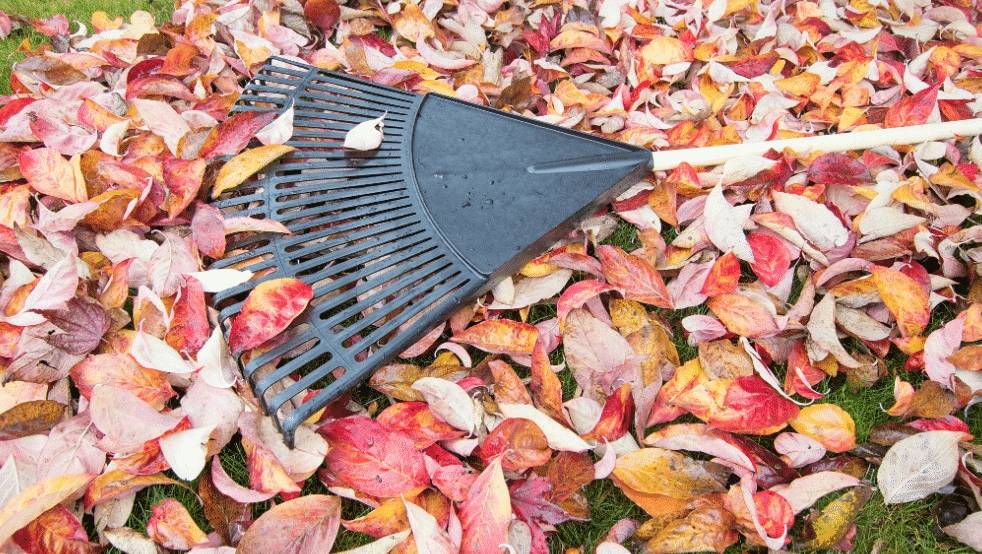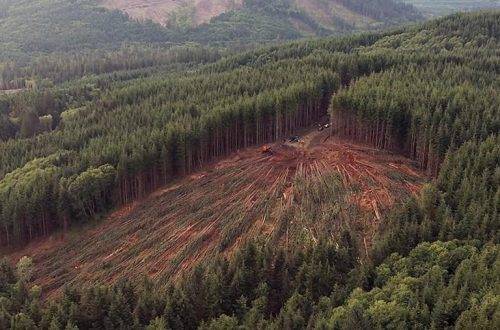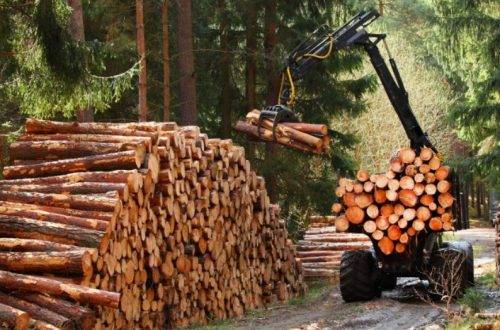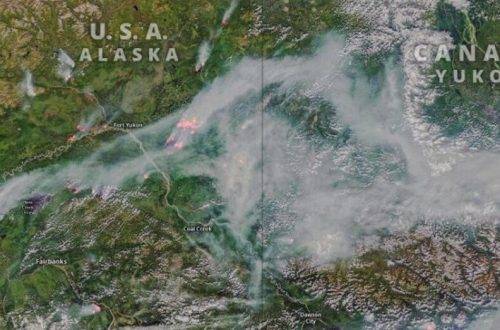
Leave dead leaves in place to promote biodiversity and CO2 storage
Every year, millions of tons of green waste are collected in recycling centers, in France as in other European countries. Danish researchers have calculated that by leaving garden waste in place, Denmark could store 600,000 tonnes of CO2 per year. While the figures in this study are only applicable to the case of Denmark, the practices to be put in place are nevertheless universal.
In the fall, many gardeners rake up fallen leaves, pick up dead twigs and branches, and fill their trailers with them. In addition to being a chore, this practice is not the most virtuous, vis-à-vis biodiversity and the climate.
It is urgent to let go
In a press release, Per Gundersen, professor of forest ecology at the University of Copenhagen, explains why it is healthy to leave dead leaves in place.
On the one hand, it is a question of storing CO2 in the ground, in a slow way:
“When garden waste is burned or composted by municipal waste treatment systems, the CO2 is released back into the atmosphere very quickly. By keeping the waste in the garden, the decomposition process is significantly slower. In practice, this means building up an ever-increasing stock of CO2 in the garden in the form of twigs, dead branches and leaves that are left to decompose. »
On the other hand, the leaves, twigs and branches are a precious raw material to feed the gardens and promote the development of biodiversity.
“Leaves help feed the garden, as they fuel an entire ecosystem of decomposers. Whether it’s fungi, bacteria, tiny invisible soil creatures, earthworms or bedbugs, they help break down and metabolize organic matter so that nutrients are released into the soil. These decomposers then provide an important food source for larger animals like hedgehogs and birds.”
A clean and well-groomed garden is therefore not a sign of a healthy garden. It is therefore important to dare to let go and let nature do its job, especially in the fall, because a large part of the leaves will already be decomposed the following spring!
Lawn, dead leaves and branches should not be seen as waste, but as resources!
How to set up zero waste management?
If the observation is valid for Denmark, it is also valid for France. To avoid unnecessarily impoverishing the soil, three simple actions can be implemented:
- Practice mulching, i.e. mowing without a bag.
- Use grass clippings and leaves as mulch.
- Make your own compost.
If, like Professor Gundersen, you are tired of piling your vegetable waste in your trailer, queuing at the recycling center and consuming fuel unnecessarily, why not set up a “zero waste” management?




